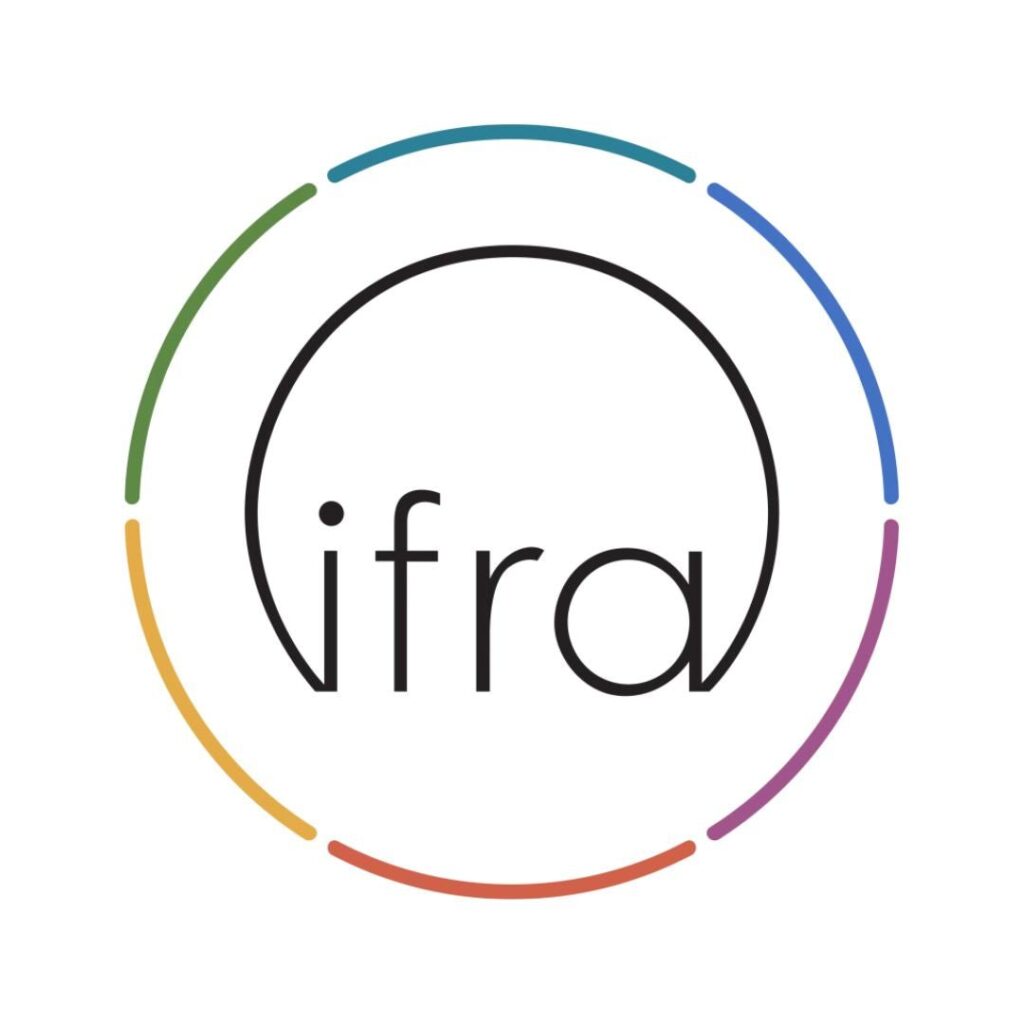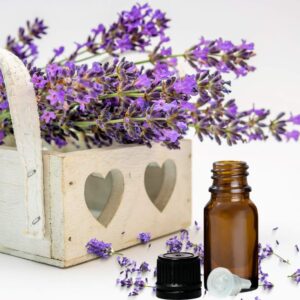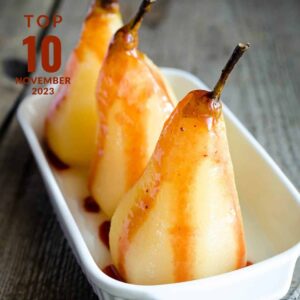What is IFRA?
The International Fragrance Association (IFRA) is an organization that publishes a set of standards for fragrance & essential oil material use in body-care products. Its main purpose is to ensure the safety of fragrance materials through a dedicated science program.
How are IFRA usage rates calculated?
This is a pretty complicated formula. Every ingredient that makes up a fragrance needs to be checked against the IFRA standards database to see the maximum % in a finished product. There are 12 categories, and each category may have a different percentage.
Take for example Eugenol, which is a common ingredient in fragrance oils – here is a copy of the IFRA Standard (49th Amendment) https://ifrafragrance.org/pdf/web/viewer.html?file=/standards/IFRA_STD_035.pdf
You can see Category 9 (soap) has a usage restriction of 4.9%
Now this doesn’t mean you can only use 4.9% of a fragrance that contains Eugenol, because a fragrance might contain only a small percentage of Eugenol – for example our Honey & Wildflowers fragrance has 2.4737% Eugenol

So, according to IFRA we are allowed 4.9% Eugenol in category 9 products.
Our fragrance only contains 2.4737% total Eugenol, that means for this particular fragrance there are no restrictions due to the Eugenol amount since technically our fragrance could contain 4.9%
Let’s look at a different ingredient…
Coumarin – https://ifrafragrance.org/pdf/web/viewer.html?file=/standards/IFRA_STD_023.pdf
You can see Category 9 (soap) has a usage restriction of 0.52%
Our Honey & Wildflowers contains 6% – this is well over the maximum usage restriction. What that means is you have to use less fragrance in your product, which is where the IFRA certificate maximum usage rates apply.
Because of the coumarin in Honey & Wildflowers, the maximum usage rate for category 9 products would be 8.66%
Honey & Wildflowers also contains p-Methoxybenzaldehyde https://ifrafragrance.org/pdf/web/viewer.html?file=/standards/IFRA_STD_054.pdf which has Category 9 (soap) has a usage restriction of 0.065%
That means the maximum usage rate for category 9 products would be 0.64356% – which as you can see by our IFRA certificate is the correct rate. If this particular fragrance DIDN’T contain p-Methoxybenzaldehyde, then it’s maximum usage rate would have been 8.66% because the coumarin was the next lowest percentage (for category 9.)

You need to go through every ingredient to check the percentages for each of the 12 IFRA categories – if each ingredient contained in the fragrance is below the maximum percentage in the IFRA standard then there will be no restrictions on the fragrance use.
Important things to remember
Every time a fragrance is reformulated – even if it’s only slightly, a new IFRA certificate will be required. Keep in mind that just because a fragrance used to have a certain usage rate, it might change in the future due to formulation changes which are happening more frequently at the moment due to raw material shortages.
IFRA Usage rates ARE NOT recommended usage rates!
Just because a fragrance has a IFRA Maximum Rate of 40% for Category 4/5 (lotions, body creams etc) DOES NOT mean you need to use that much. It just means that according to the IFRA standards the ingredients that the fragrance contains are safe to use to that percentage.
Absolutely no way would you ever use 40% fragrance in any body lotion recipe. And just because Category 12 (candles) has a usage rate of 100% that doesn’t mean you can light a puddle of fragrance on fire!
IFRA certificates are there to give you safety information, not formulation percentages.
Why Can I Use More Fragrance in Lotion than I can in a Soap!?
This is a great question, and one I have actually been asked by a customer. It doesn’t seem to make much sense, but it all comes down to the individual ingredients and their IFRA standard restrictions.
Here’s an example – Aloe & White Lily (clips from the IFRA certificate)


Here you can clearly see Category 4 and 5A has higher usage rate than Category 9.
If we do the calculations for each ingredient in the Aloe & White Lily fragrance you can see why – this is a spreadsheet of all the ingredients contained in Aloe & White Lily and calculated against the maximum rates on the IFRA Standard (49th Amendment) The red numbers are the ingredients with the lowest percentage which gives you the IFRA maximum usage.

I know it’s a little hard to see, and there are a lot of numbers on this chart, but according to all the current IFRA standards you can in fact use 100% Aloe & White Lily in lotions and only 18.28% in Soaps (remembering we would never actually use these amounts)
Further Reading
https://ifrafragrance.org/
https://lovinsoap.com/2016/07/understanding-ifra-guidelines-essential-oil-use-soap/









